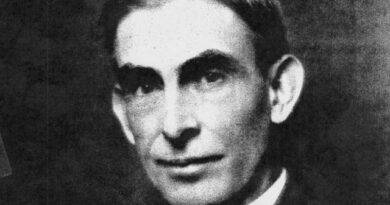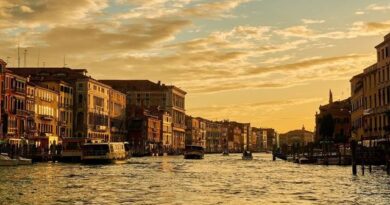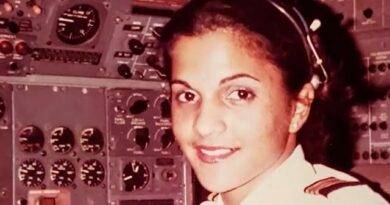Francesco Baracca – Italian Protagonist of The Great War
Francesco Baracca was born in May 9, 1888, in Lugo di Romagna/Italy. He led a role of a notable great fight aviator in the Great War (World War I). At the beginning, as a son of a wealthy family, he was sent to a private school. However; in 1907, Baracca registered in the Military School of Modena, which would be the turning point of his life and the Great War. After enrolling the Military School, he was sent to France to follow an aviation course. He instantly performed such great skills on aviation that became a prominent aviator soon.
At the outset of the 1910s, he was regarded as one of the most skilled aviators among his fellows in flying a plane. Although there was an ambiguity among the politicians of the time about the onset of World War I and Italy’s position and the factions among its allies, Baracca was more than ready to serve his nation. He got his first aviator license on 9 July 1912. According to the records; he directly felt the potential and the performance of the aircraft which could be efficiently operated in war operations.
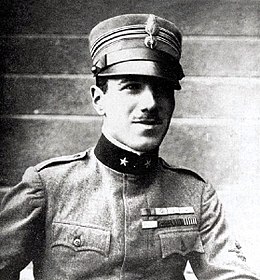
Baracca gave a momentum to his preparation on a new type of aircraft, which was named Nieuport, at the time when Italy went to the World War I. By pushing an Austro-Hungarian aircraft for landing, he performed and succeeded his initial attempt on August 25, 1915. Soon after; he got the first victory on his work, on April 7, 1916 by hitting two-man staff of the fighter aircraft. From that moment; Baracca began to accomplished several successful outcomes that filled the pages of all the newspapers of the time.
Francesco Baracca’s reputation expanded and soon he became a household name all the more when the 91st Squadron was formed in the spring of 1917. Most likely, it was during this period that the idea of choosing his personal symbol of a rearing horse of color black arose. What’s more, this sign was later re-utilized by an Italian car company (Ferrari). Baracca engaged with many battles, attaining 34 achievements. Beside; the number is declared as 36, as reported by an aviation history professor (36 according to the aviation history expert Roberto Gentilli). Baracca acceded to the position of a protagonist in the skies after flew over the zones of Lower and Middle Piave.
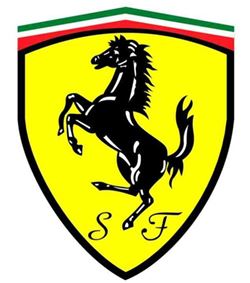
At the very climax of his career, on 19 June 1918 and during the Second Battle of the Piave River, he was shot to death on the Montello Hill, reportedly, by a groud-fire. From that date on, in every part of Italy, numerous streets and roads are named after Baracca. After his successes, Baracca has been commemorated as an aircraft hero. A mausoleum was also built on Montello Hill, on the honor of his first death anniversary. You can discover the captivating epoch of Italian aviation times inside the Gianni Caproni Air Force Museum in Trento. Thanks to Francesco Baracca, the Italian nation ranked as one of the top-scoring fighter pilots during the World War I.
